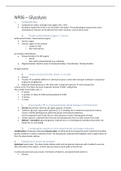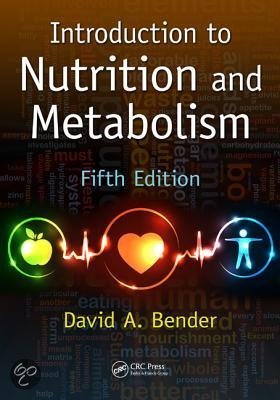College aantekeningen
Lectures NP06 & NP07 – Glycolysis & Carbs metabolism II- Nutritional Physiology
- Instelling
- Wageningen University (WUR)
Lectures NP06 & NP07 – Glycolysis & Carbs metabolism II- Nutritional Physiology NP06 – Glycolysis - Nutritional Physiology NP07 – Carbohydrate metabolism II
[Meer zien]





